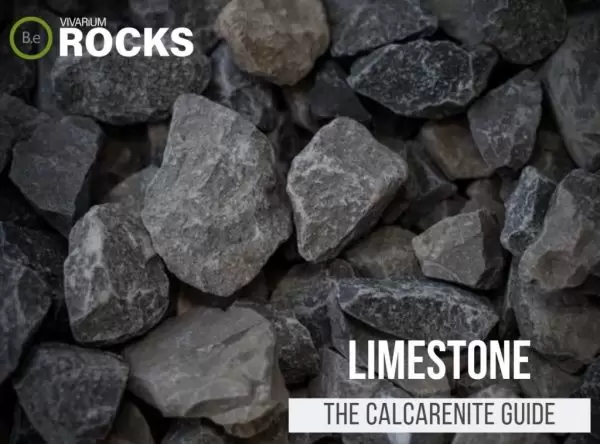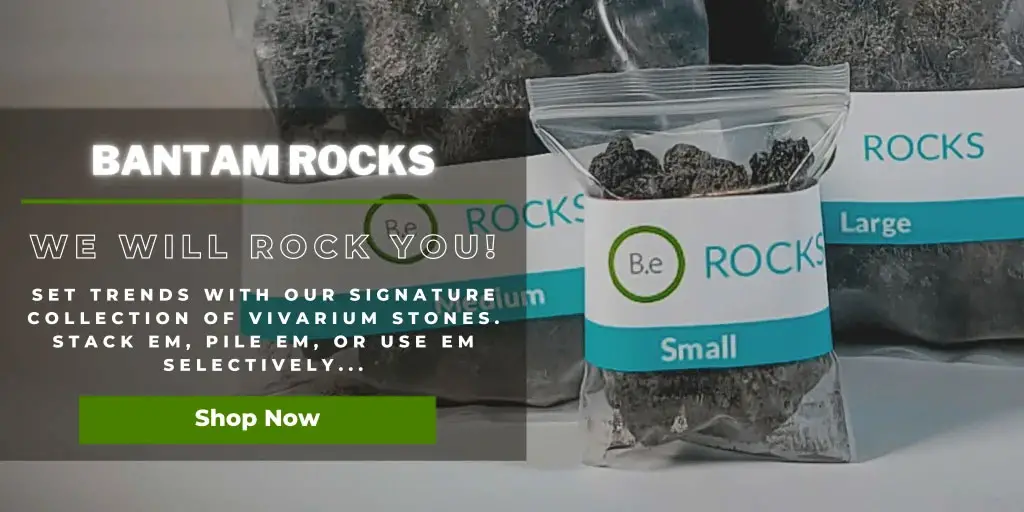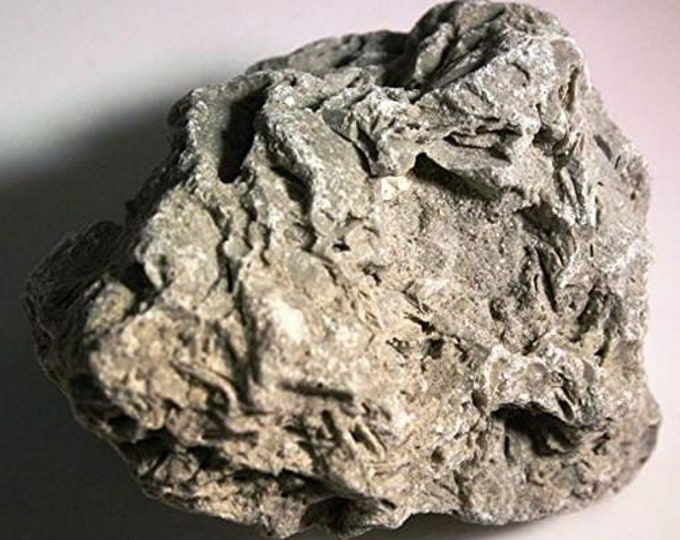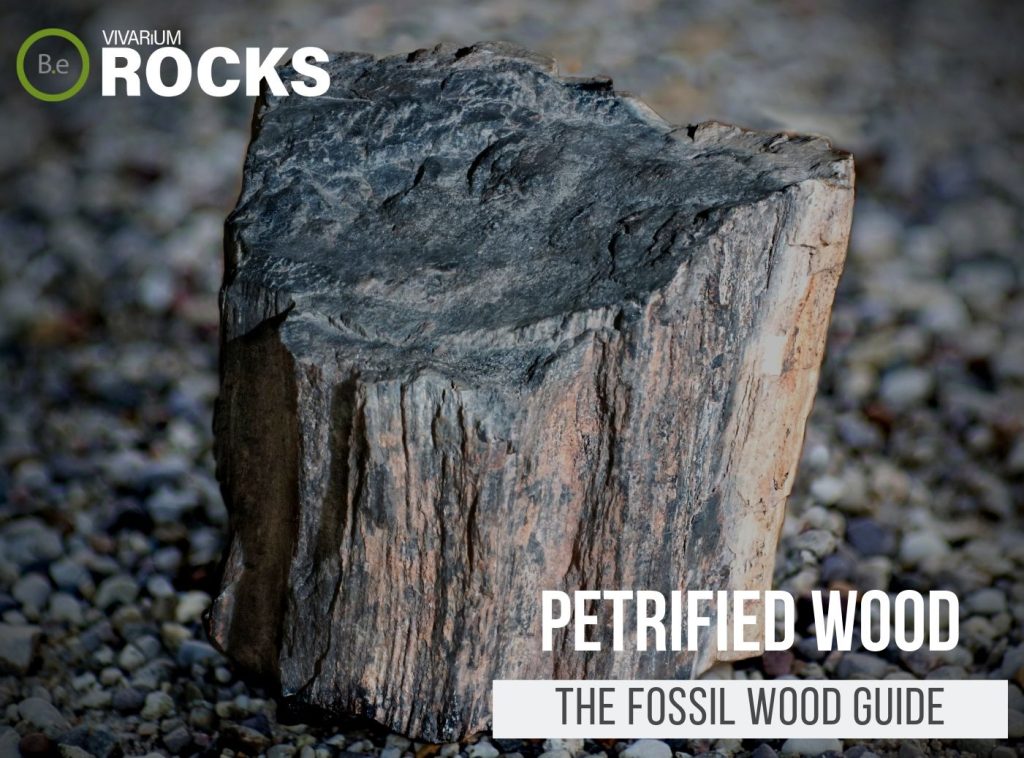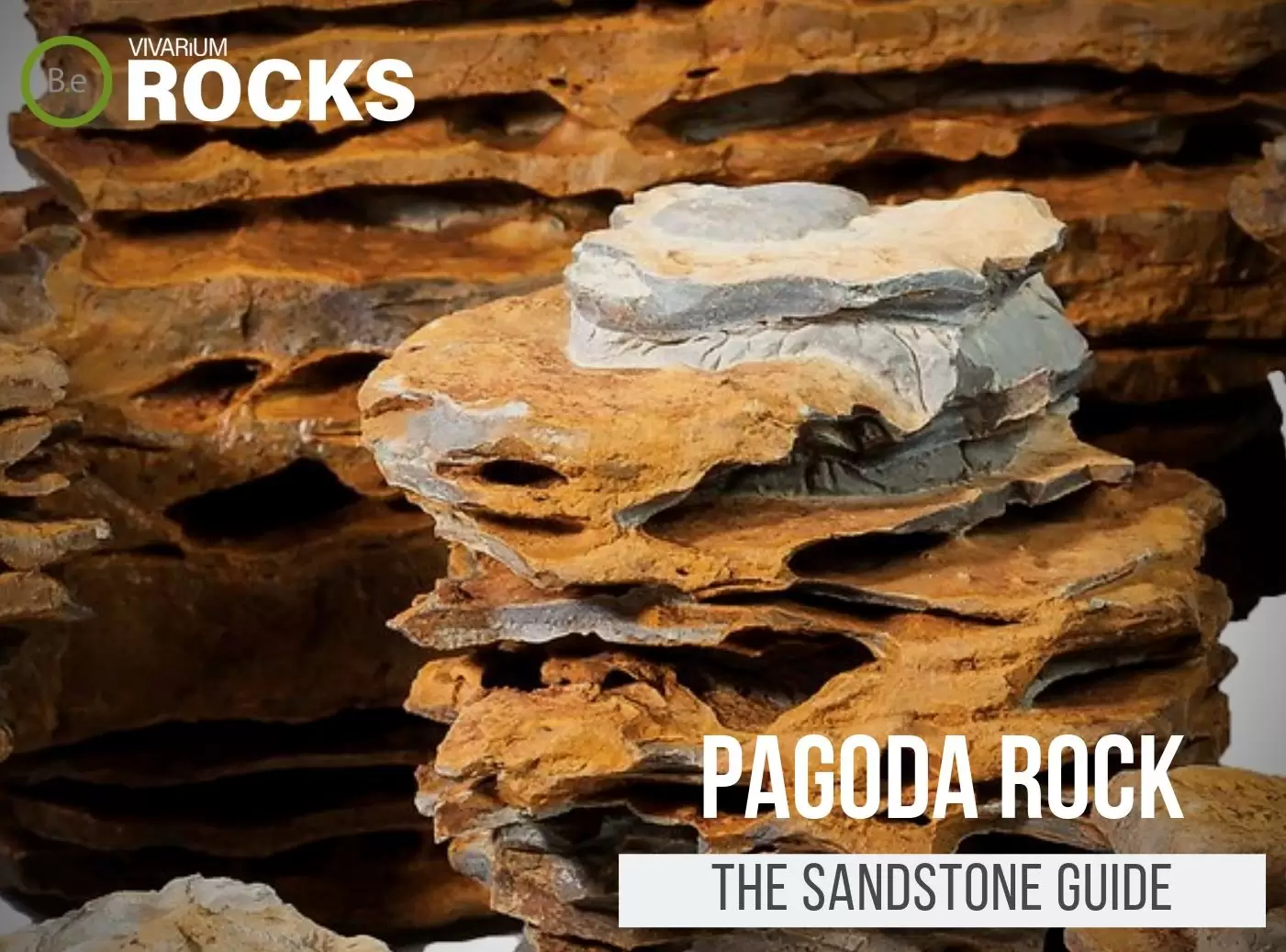When it comes to Limestone, there are tons of varieties found around the world.
Depending on how it is formed, it will look, feel, and have a different classification associated with it.
Amongst the vivarium hobby, there are generally two types that are very popular for use in aquariums: Coral Reefs (organic) and Carboniferous Limestone Rocks (clastic).
This article will provide an in-depth guide to the Clastic Limestones and how to use them in multiple biotypes.
| Quick Stats: | |
|---|---|
| Traditional Name | Carboniferous Limestone |
| Common Names | Clastic (Detrital) Limestone, Calcite Sandstone, Calcarenite |
| Origin | Seawater |
| Habitat | Shallow Ocean Floors, Caves, Caverns, Cliffs |
| Color | Gray, Yellow, White |
| Density (g/cm3) | 2.30 – 2.70g |
| Hardness | 3 – 4 |
| PH Impact | Alkaline (Raises PH) |
| Elemental Type | Sedimentary Rock (Calcite) |
Table Of Contents:
ToggleWhat Is Carboniferous Limestone?
Carboniferous Limestone is a sedimentary rock that formed millions of years ago during the carboniferous period.
This type of stone consists of mostly calcite minerals making it limestone.
Also commonly referred to as Calcarenite, Calcite Sandstone, or Clastic Limestone, this eccentric type of calcite-rich stone is formed by an accumulation of carbonated calcium sediments in warm tropical areas.


Clastic Limestone Facts
Limestone is generally composed of dead plant and animal skeleton matter (mostly seashells).
They make up 10% of all sedimentary rocks found in nature.
Even though at least 50% of these rocks are composed of calcium carbonate, the rest of their composition can be just about anything else.
Clastic Limestones are extremely popular in industries outside of the vivarium niche as well.
This is attributed to its ability to be cut and worked with easily, its availability, and also dietary benefits.
Clastic Limestone is typically sold in smaller pieces either cut or broken off of larger boulders.
Another variation of the vivarium stone growing in popularity is Texas Holey Rock.
This version of Calcarenite is coined for its unique formation of holes found throughout the stone.
Corals and shellfish are often found as fossils in both of these types of limestones.
Description
Limestone can generally be found in virtually any color depending on what minerals are contained along with the carbonated calcium.
The most common colors would include white, yellow, or various shades of gray.
White is an exceptionally rare color to find Limestone in because it would have to consist of little to no impurities mixed into the formation of the rock.
Carboniferous Limestone has a very rough textured surface that can range between the hardness of three and four.
Since these types of Limestones are clastic sedimentary rocks, the composition is often a mix of fine-grained clay and coarse-grained minerals like sand or silt.
Fossils can frequently be found throughout the rock as well.
The density of Limestone is between 2.30 and 2.70 grams per centimeter cubed.
This would make the rock rather heavy to work within large amounts.
Texas Holey Rock would be the most recommended variation of Carboniferous Limestone because of its large holes making the stone slightly lighter to work within aquariums.
Habitat
Carboniferous Limestone forms in areas that were at some point filled with carbonated calcium-rich water.
These areas are mostly dry now with thin, poor soils like hills and cliffs overlooking seawater.
Caverns and sinkholes are other biotypes this time of Limestone that can be found.
Being the only type of Limestone that would be considered clastic, Calcarenite rocks aren’t formed organically.
Instead, it would be better to think of them as a conglomerate of smaller Limestone rocks and calcite sediments compacted together from long periods of accumulation.
Environmental Influence
Calcarenite Rocks can have a positive influence on enclosures that require pH to be greater than neutral.
Depending on the amount of Limestone used in a vivarium, the pH will slowly rise to around 8.0.
Calcite minerals can also affect the overall hardness of the water parameters as well.
All animals, especially invertebrates, can benefit from calcium minerals as a dietary supplement.
Corals and shellfish will consume bits of the calcium-rich stone and use it to strengthen shells and skeletal tissues.
This is a necessity we will go more in-depth about for saltwater aquariums in the next section.
Vivarium Preference
The high pH/hardness influence would make the Carboniferous Limestones ideal for hard water as well as saltwater ecosystems.
Placing this rock in freshwater setups would not be recommended as softwater thriving inhabitants would suffer from a sudden pH level increase.
I would recommend this rock in vivariums like aquariums, ripariums, and paludariums that are exclusively built for harder water conditions and saltwater environments.
Using these rocks in terrariums might limit the ability to house pets that thrive in tropical environments.
So only consider it for desert biotype vivariums and do additional research before adding reptiles or other animal species.
Advantages
As I mentioned earlier, Carboniferous Limestone is ideal for enclosures that need high water parameters.
This is the perfect stone to consider for saltwater aquariums.
Texas Holey Rock is a great alternative to live coral reefs.
As the stones weather, they leech beneficial minerals like calcium invertebrates and coral build their exoskeletons out of.
Most Limestones are hardy rocks that will last a long time and won’t crumble under normal conditions.
Disadvantages
This stone can be devastating to freshwater enclosures.
Softwater-dependent inhabitants will quickly perish as inevitable water parameters arise from the usage of Calcarenite Rocks.
The acidic water these types of tanks establish will cause the rock to weather prematurely leading to possibly collapsing.
The density of Limestones is another precaution to worry about.
Heavier stones like these will need to be placed securely to prevent damage if falling occurs within the vivarium.
Never place the rock on the bare bottom of the tank or up against the side glass.
The concentrated levels of pressure focused on the edge of the rock could cause the glass to crack.
Buy Limestone
With Limestone being so abundant, it can pretty much be found on the market anywhere.
Carboniferous Limestone can be a bit more challenging to acquire depending on your location.
A more obtainable Calcarenite to consider is Texas Holey Rock.
Not only is it more aesthetically pleasing to many hobbyists, but it’s also relatively easier to find.
Here are some practical specimens to buy if you don’t want to consider Texas Holey Rock.
Click the image below to find out more about the current price and other relative info:
Limestone Recommendations
Here are a few more useful tips when working with Calcarenite for the first time.
Inspect the rocks to see what type of Limestone has been acquired.
Based on the color as well as the sturdiness of the stone, you should be able to identify the possible minerals compacted into the formation of this rock.
Before placing Carboniferous Limestone in any type of vivarium, always soak the stone and do a visual assessment to ensure there are no pests or toxic minerals contained within the rock.
As usual, clean the rocks to remove access dust or loose particles from the surface.
Cleaning Limestone
In most cases, newly acquired Limestone will need slight preparation before going into a vivarium.
This will matter more for aquariums rather than terrariums since unclean stones can cause water to change color.
Begin by placing stones in a bucket of cold water.
Scrub and redip each stone thoroughly in the bucket of water.
Rinse and repeat this process until you can place stones in a clean bucket of water and observe no noticeable change in color.
Avoid using chemicals or strong water pressure on the sedimentary rocks so they aren’t worn down drastically and lose their aesthetics.
In addition, Carboniferous Limestone like Texas Holey Rock can be bleached to obtain a whiter color.
To do this, place the rock in a bucket of hot water containing 10% bleach.
Scrub the stones with a strong bristled brush and redip.
Let the bucket sit overnight and then rinse the stone thoroughly.
Let the rocks sit in a clean bucket of cold water for one more night before use in a vivarium.
This will rid the rocks of surface impurities while simultaneously maintaining the calcite minerals in their pure white form.
Breaking Limestone
Limestone is a fairly easy rock to break into smaller pieces if needed.
A little too easy!
In many cases, hobbyists will simply bash a towel-covered piece of rock with a large hammer.
This is great for breaking the stone into lots of tiny pieces of rock…
The downside to this is the potential pile of the undesirably crumbled pebble.
Another way that I much prefer is with a rock chisel kit.
Chiseling off parts of the rock along the ridges is a more controlled way to break Calcarenite Rocks into desirable pieces.
No matter which way the rock is broken up, make sure to wear safety goggles because parts of the rock will go airborne.
Also, reclean rocks as needed once they are broken.
Rocks Similar To Limestone
When designing a new enclosure for the first time, it would be best to stick with one kind of stone to use as a hardscape.
Furthermore, this type of rock can be hard to come by depending on where you are located in the world.
If for any reason, you find Carboniferous Limestone difficult to acquire, or simply want to consider something different…
There are a wide variety of stones to consider.
Here are some other types of stones one might find are worth taking a look at in the place of Calcarenite:
Conclusion
Carboniferous Limestone is an excellent rock to consider in hardwater biotypes.
Saltwater inhabitants will find the use of this stone very rewarding as well as natural in their enclosure.
This is a great alternative vivarium rock to coral reel rocks in marine-based enclosures.
It is also very suitable for brackish water tanks that should house large amounts of rocks…
African Cichlid aquariums for example.
What are your thoughts towards Calcarenite Rocks now that we have covered the topic in-depth?
Is this your first time hearing about Calcite-based Sandstones?
